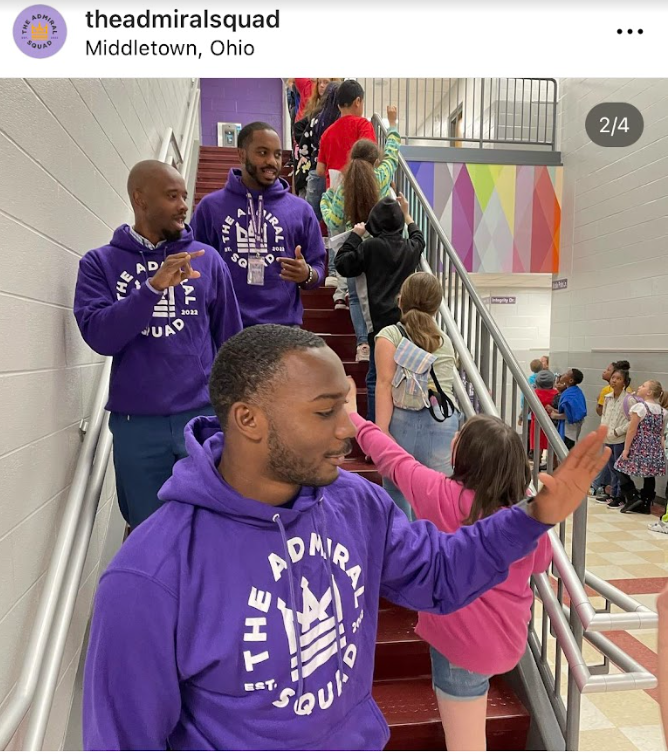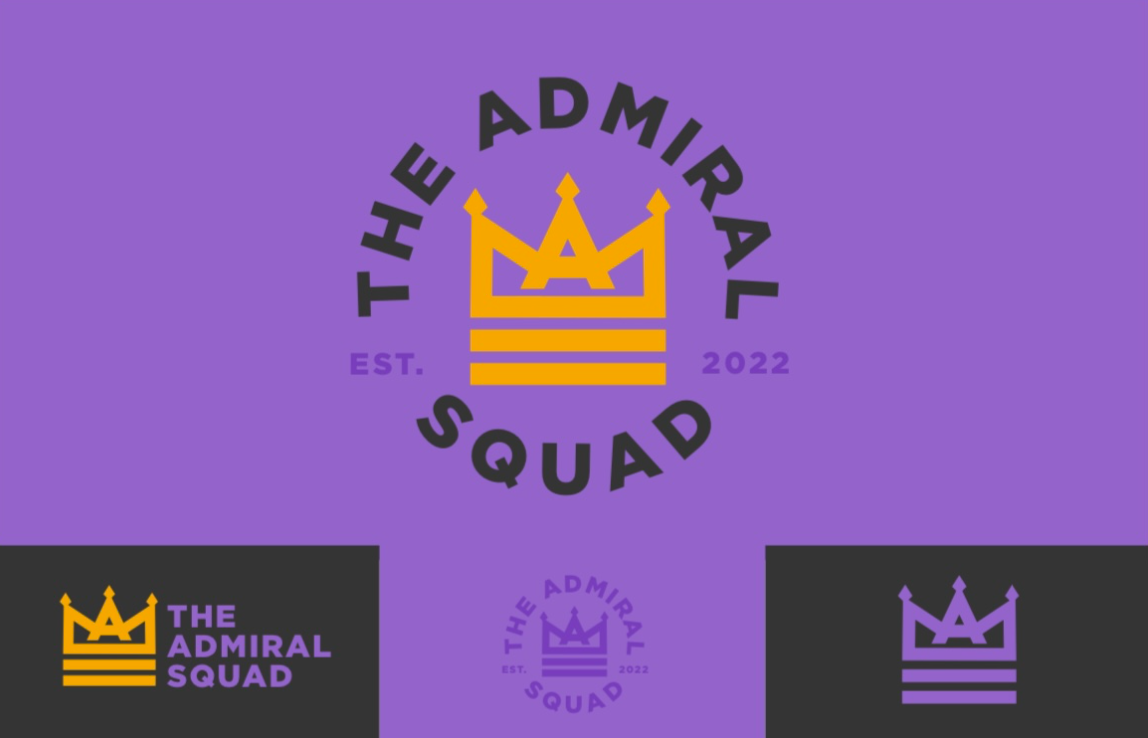The Admiral Squad: How One School District Promotes Staff Diversity
Middletown City Schools does not have many Black male employees. The Admiral Squad was formed to help change that.

Like many school districts across the country, Middletown City Schools in Ohio has a shortage of Black male teachers.
“Black males make up 2% of the teaching profession,” says Kee Edwards, assistant director of human resources in the district.
The district recently ramped up efforts to change that and ensure students, regardless of their background, have educational role models who look like them.
To that end, Middletown City Schools’ leaders formed the Admiral Squad, which is an affinity network of Black men already employed in the district. The goal of this group is to provide a place for current male employees of color to gather, share ideas, and support one another as they advance in their careers, and also to promote diversity within the district and among students.
“We have 10 buildings in the district,” Edwards says. “Many of those may have one or two African-American males [working] in them, some of them do not have any. It was our hope to bring the group together as a collective, to have a much greater and larger impact on the district.”
The Admiral Squad and Representation

The Middletown City School mascot is inspired by midshipmen from the Navy. “Midshipmen are the lowest-ranking officers in the Navy, and so we thought let’s flip that," Edwards says. "Let’s give our affinity group something that we think of as being royal and prestigious. And so, an admiral is the highest-ranking officer in the Navy.”
The admirals have held meetings since the fall and also regularly visit schools in groups. The purpose of these visits is for the Admiral Squad to show students the different career pathways open to them and that Black men can be successful in education.
Tools and ideas to transform education. Sign up below.
“Black males don't go into the profession because they don't see teaching as a viable option for them because they never see role models who look like them in the teaching profession,” Edwards says. “You can't be it until you can see it. You can't be a teacher until you can see yourself in a teaching position. So if you go through your K-12 experience and never have an African-American male teacher, the message that is sent to you – whether it be subconsciously or consciously – is, 'This is not a place for me.'”
During these school visits, the admirals wear purple tee shirts and sweatshirts that make them stand out. “[Students know] when you see these purple hoodies, this is someone that you definitely can count on who is here for you,” Edwards says.

How Other Districts Can Support Diversity
The Admiral Squad is only a few months old, however, it’s already encouraging positive growth among its members. “There are three or four admirals who are currently paraprofessionals, who were provided an opportunity to participate in some duties outside of their normal job description that have inspired them to consider going back to school,” Edwards says.
Other districts looking to promote diversity within their schools should examine the most underrepresented group that is employed by the district, Edwards says. “Whatever that demographic may be for your particular district or school, provide a support system for those in regards to recruitment and retention,” Edwards says. ‘It is pivotal that we make schools a place that is welcoming to any and all. We can't assume that by not being deliberate in our actions that we have created those spaces. You have to be intentional about your efforts, and specifically target those that you know are in the minority in your school district. And you have to provide a space for them to collaborate, a place to share common experiences, and provide them an opportunity to grow.”
Erik Ofgang is a Tech & Learning contributor. A journalist, author and educator, his work has appeared in The New York Times, the Washington Post, the Smithsonian, The Atlantic, and Associated Press. He currently teaches at Western Connecticut State University’s MFA program. While a staff writer at Connecticut Magazine he won a Society of Professional Journalism Award for his education reporting. He is interested in how humans learn and how technology can make that more effective.

